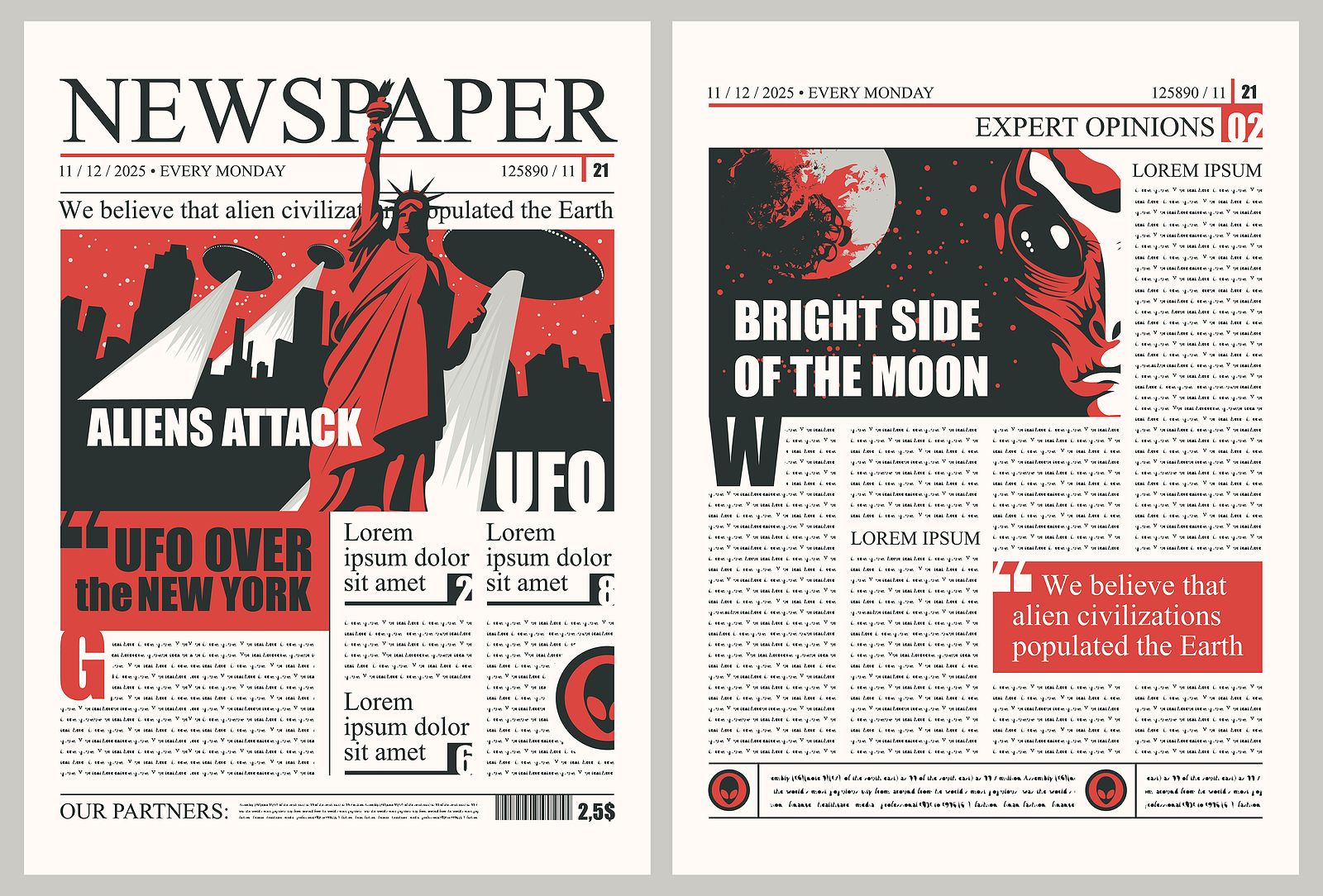How To Build Headlines

This webpage heading template article provides a few good insights for on-site content optimization. When it comes to heading templates, this example takes the cake! Great introduction paragraphs range from two to three sentences up to a few paragraphs. (no more than 250 words before your first subheading).
Introductions should contain the primary focus keyword in both the TITLE and intro paragraphs. See how we used the phrase “webpage heading template article” in the title, the very first sentence as well as the conclusion paragraph. The main title should always use an <H1> tag when placed into a website.
USING GOOGLE DOCS FOR CONTENT CREATION
It’s always best to start with a brainstorm session before writing web content. A great way to share your ideas with other writer or clients is a live/editable fluid document. One awesome tool for content creation is Google Docs.
Google Docs uses the following titling tier:
- TITLE
- Subtitle
- Heading 1 <H1>
- Heading 2 <H2>
- Heading 3 <H3>
When adding content to a live site, we do not use google’s TITLE or Subtitle headings. It’s important to use ONLY ONE H1 per page. We can as many H2 heading as needed. H3 headings are used rarely and typically prior to bullet lists.
USE OF H2 HEADINGS IN WEB CONTENT
Each 50-250 words in a blog article should be separated with AT LEAST ONE H2 webpage heading. These headings should contain synonyms (or related keywords) of the primary keyword. The best website blog templates utilize two or more H2 tags.
Subheadings help to break up the article into digestible chunks. While the obvious goal is to create an easy-to-read article for the “human” reader, we’re truly working to impress the “Google-Bots”. Google algorithms score each page/article using countless factors. Google keeps their SEO scoring models extremely secret. However, search optimizers have correctly guessed many of these scoring factors.
A FEW OTHER ON-SITE CONTENT NOTES
There are a handful of ABSOLUTES when it comes to great on-site optimization. A few of my favorite “must-haves” include: proper heading placement, keyword/related keyword density, be only moderately repetitive and score well with readability.
Likely Google “On-Site” Scoring Factors
- Keyword density -2%-3% seems ideal (see density calculations below)
- Keyword placement
- Use of related keywords (In Titles, URLs, intro, within and in conclusion)
- Unique content (each page should contain a minimum of 60% UNIQUE content) 80-90% unique content is even better! For example, it’s ok to use catchphrases and call to actions multiple times throughout the site. However, if exact matches of these phrases appear on every page, a site could be penalized for duplicate on-site content
- Readability (SUUPER-DUUPER important)
Density calculation example: A 300 word article with a 3-word focus phrase used twice = 2% density. 300/6 total words = 2%. So adding one additional instance of the same 3-word phrase would increase density to 3% (a very good density percentage).
HEADINGS MAKE AND BREAK AN ARTICLE
In conclusion, a few good heading template rules will help us build SEO-friendly pages. Better optimization increases our chances for ranking high in the search engines. Many of these ideas stem from information provided on YOAST.COM (a popular wordpress SEO plugin). I would guess that this webpage heading template article would rank (within two weeks) on the first page of Google search results NATIONWIDE. Maybe, we can place it on the Net Solutions Today website? Yeah! Let’s do that and find out!